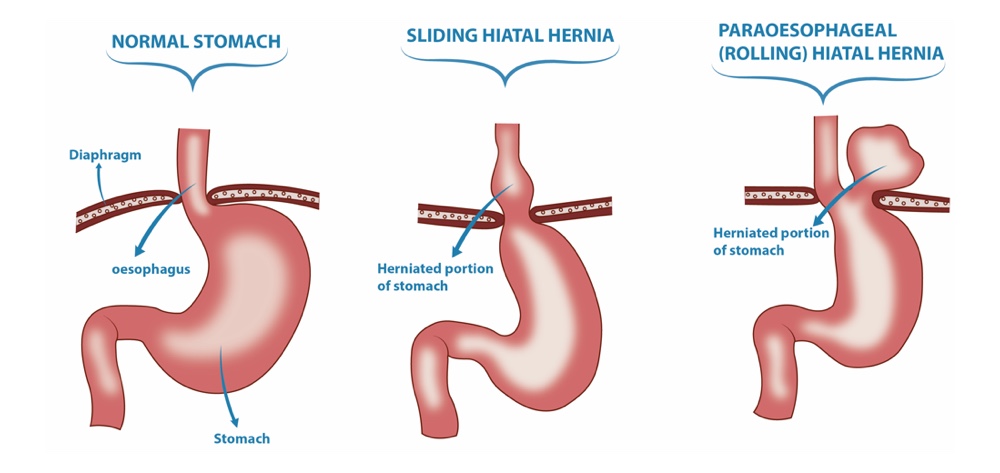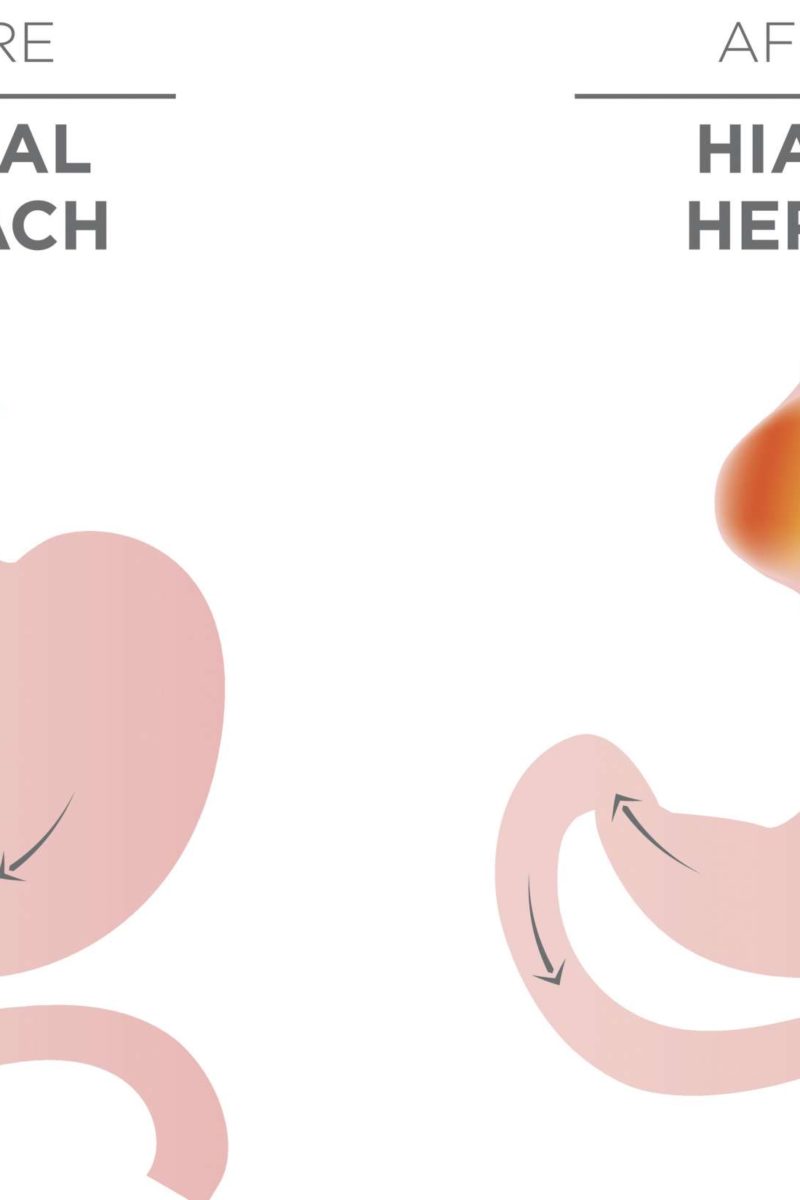
This can also assist in reducing the occurrences of reflux. There are also certain adjustments one can make to one’s bed in order to change the angle. Eating ‘little and often’ is also helpful. The answer here may be to avoid eating or drinking for an appropriate amount of time before lying down. However, for some patients, even drinking a glass of water before lying down can cause hours of discomfort. Again, this is an example where one can spare one’s self the symptoms by simple adjustment to the timing and choices of these activities. Lifting or moving heavy objects has a similar effect. If one can identify, for example, that certain foods aggravate the condition whilst others do not, then simple avoidance of those foods is an easy way of avoiding discomfort.įurther, it is clear that to eat a heavy meal and promptly go and bend over digging the garden is not sensible if it is known to cause problems. There are certain things one can do, some obvious and some less so.

Whilst there is nothing that one can do to prevent the occurrence of a hiatus hernia, there are three ways of dealing with the symptoms. What can be done to avoid a hiatus hernia? Another manifestation of this problem is a long-term cough. At its worst, it can actually choke the sufferer, with the windpipe going into spasm and choking off all the airflow into the lungs. At its mildest that would be a coughing fit to clear the airway. The body is extremely sensitive to anything other than a gas (like air) entering the lungs so the acid triggers an instant reflex reaction.

However, a more serious consequence that can happen is aspiration (‘breathing in’) the acidic liquid of the reflux. One is that awful taste of vomit (which is, of course, what it is). The throat area, of course is where the trachea (‘windpipe’) and the oesophagus (‘gullet’) come together. The diagnosis is established by a specialist the combination of symptoms must be confirmed by X-ray and an endoscopy (a view using a lighted tube).Īs mentioned above, another troubling effect of reflux is that the acidic stomach contents can rise up the oesophagus as far as the throat. Unlike an abdominal hernia, there are no tell-tale visible symptoms of hiatus hernia, as the whole event occurs inside the chest. To describe this as ‘distressing’ is an understatement.
#Type 3 hiatal hernia professional#
It is not uncommon for patients to arrive at a hospital Emergency Department (A&E) with a suspected heart attack and only after professional tests is the the cause revealed. The page following this one describes the serious condition called Barrett’s Oesophagus – an important possibility following long-term reflux.Īt its worst, hiatus hernia pain can mimic that of a heart attack. Other symptoms patients suffer include severe chest pain which may extend to just below the shoulder blades. Should reflux occur in one’s sleep, there is a real risk of aspirating the acid mixture (‘breathing’ it in to the lungs) which can have a devastating outcome – we will come back to that below. The outcome of this is often a quite painful burning sensation. If the area of the hiatus is weak, the function of clamping down on the entry to the stomach is weakened, the result being the reflux of acidic digestive juices up into the oesophagus, which is not protected against the action of these acids. This hiatus causes a narrowing of the opening into the stomach and this helps prevent stomach contents from going the wrong way, i.e. Immediately below that, it goes into the stomach which sits just below the diaphragm. Where the oesophagus (the “gullet” – connecting the mouth with the stomach) goes down, it passes the diaphragm through a gap called the hiatus. Unlike an abdominal (or groin) hernia, a hiatus hernia occurs in the chest area and affects the digestive system.

At the outset, we must establish that HIATUS hernias have no connection whatsoever with the ABDOMINAL WALL hernias we cover elsewhere on this website.


 0 kommentar(er)
0 kommentar(er)
